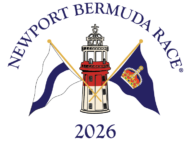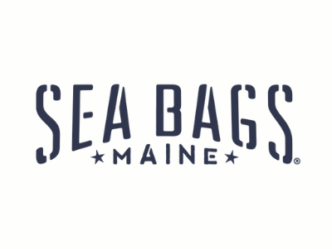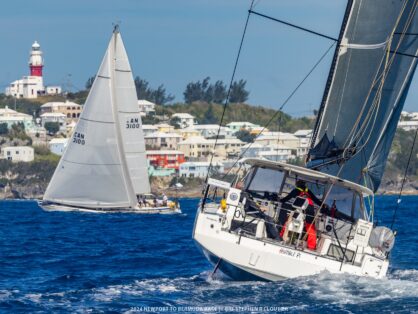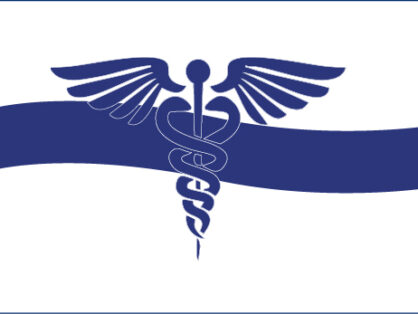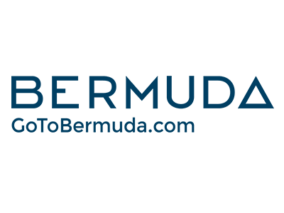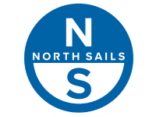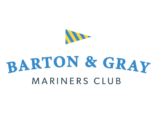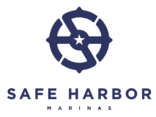
https://marine.rutgers.edu/cool/sat_data/
It has been said that Races are lost on the water. The implication being that real success is the result of effort put in well before the start of the Race. This effort includes all aspects of boat preparation, crew selection and training, and the multiplicity of factors affecting race strategy and the associated sail selection.
The Bermuda Race Organizing Committee (BROC), recognizing the importance of these efforts, provides a variety of resources to assist both first-time and experienced Bermuda Race entrants. Ambassadors assist in the entry process, while Inspectors help with all aspects of boat preparation.
In addition, the Race website provides a variety of resources intended to complement navigation and strategic planning. These include Gulf Stream Tutorials dating back to the 2002 Race and a variety of Links for websites dealing with Gulf Stream characteristics and weather. The weather links include one providing access to archived data from NOAA’s Ocean Prediction Center. The combination of historic Gulf Stream tutorials and archived weather allows a study of conditions experienced in previous races and the development of potential future race strategies.
To realize maximum benefit of these talents and resources it is essential to start early. Spring of 2023 is none too early to start planning and study for the 2024 Newport Bermuda Race. Select the weather model you plan to use for routing (e.g. GFS, EURO, etc..) and live with it. Obtain the forecast for your area and compare it to conditions experienced. Look out the window! Some reasonable degree of accuracy will give you confidence in the model product. Similarly, download satellite images of the sea surface temperatures (SST) across the Gulf Stream (see Image above). Compare these to model results such as the Global RTOFS of NOAA or HYCOM from the Navy.
Notice how often the direct satellite imagery is affected by cloud cover. Also, observe the rate of change in Stream structure with particular attention to meander patterns and the formation and migration of warm and cold core rings. An understanding of this rate of change is particularly valuable in the planning of Race strategy during times when direct observation of the Stream may be impossible due to cloud cover. This is often the case in mid-June.
Finally, put some time into a study of marine weather and the relationships between upper atmosphere winds and surface conditions. The CCA sponsored two day-long symposia in which this subject was discussed in some detail.
The resulting videos can be found at https://sas.cruisingclub.org/weather/online . An early start to these studies provides the best foundation for a safe and successful race to Bermuda and return home.
